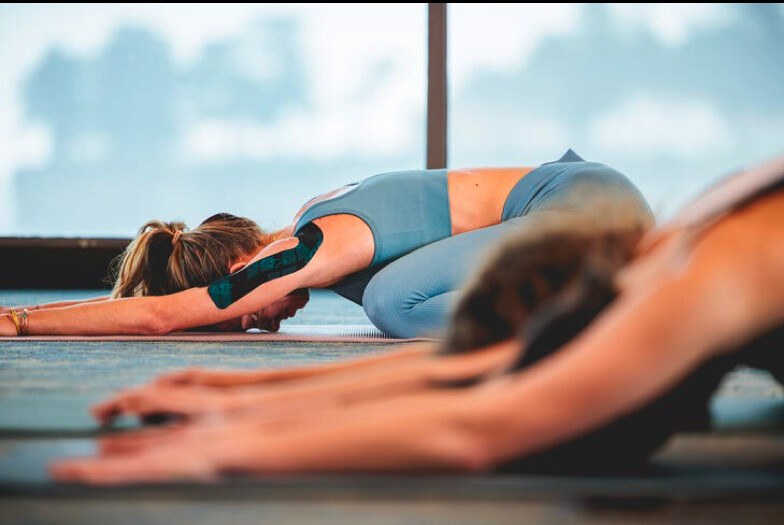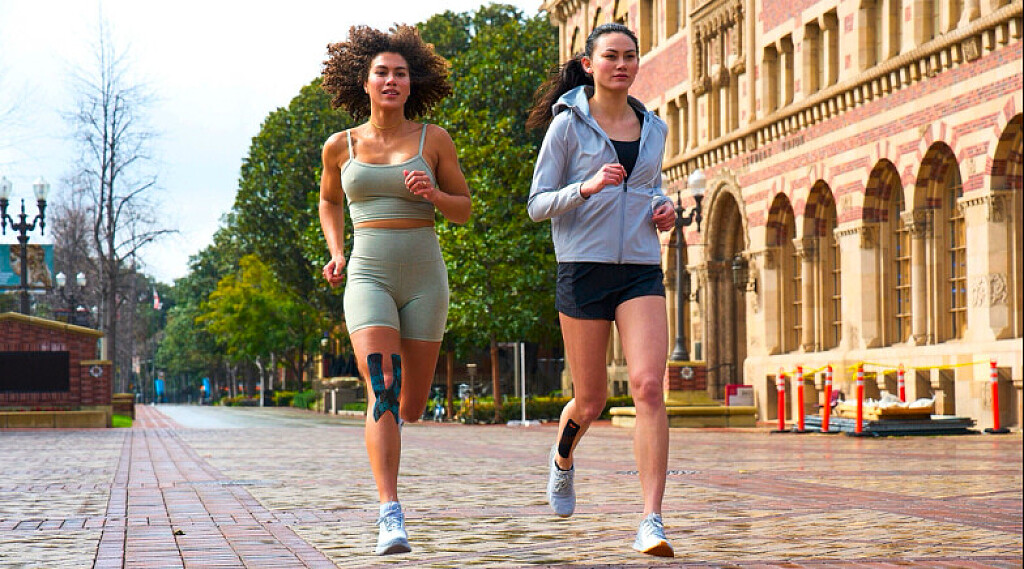Running News Daily
Running News Daily is edited by Bob Anderson. Send your news items to bob@mybestruns.com Advertising opportunities available. Train the Kenyan Way at KATA Kenya and Portugal owned and operated by Bob Anderson. Be sure to catch our movie A Long Run the movie KATA Running Camps and KATA Potato Farms - 31 now open in Kenya! https://kata.ke/
Index to Daily Posts · Sign Up For Updates · Run The World Feed
Should You Use Cold or Heat for Recovery?
They both have benefits. Here’s how to use them to feel and perform better.
No matter what kind of athlete you are—from casual dabbler to elite competitor—you’ve likely experienced the soreness that follows a strenuous workout. In medicalese, it’s called delayed onset muscle soreness (DOMS), and it usually peaks 48 hours after exercise. It’s a normal consequence of pushing yourself to get stronger or tackling a big goal like riding a century, but that doesn’t make it any more pleasant. It can be especially frustrating when you’re just starting out and push too hard before you build up your fitness.

Despite the near-universal experience of DOMS—runners, cyclists, hikers, climbers, and paddlers all feel it—the underlying cause is poorly understood. The theory is that after strenuous exercise, some combination of muscle spasms, lactic acid buildup, tissue damage, and inflammation lead to pain and soreness. Fortunately, the science around treating DOMS using cold and heat therapy—and the tools available—has made great progress in recent years. Also good news: cold and heat are great for treating other common aches and pains, including injuries, joint soreness, and muscle strains.
Cold and heat are both known to provide relief, but they work in different ways, so it’s important to know when and how to use them. As a simple rule of thumb, cold has anti-inflammatory and pain-reducing qualities, making it a great option for post-workout recovery and treating injuries. Heat increases blood flow and loosens muscles and is good for pre-training warm-up.
Cold therapy has long been known to reduce DOMS symptoms, as it causes vasoconstriction, which reduces inflammation. “It’s like clamping down on a water hose, so fluid gets pushed out, which reduces swelling,” says Dr. Erin Hassler, a sports medicine expert who has worked with USA Track and Field and is a member of KT Tape’s Medical Advisory Board. “Cold also dampens pain by redirecting the brain away from the affected area.” Indeed, cold reduces pain better than heat, according to this study in the Journal of Strength and Conditioning Research. The authors also concluded that cold is best for aiding strength recovery in the first 24 hours after exercise.
And it’s not just ice packs that’ll do the trick. Menthol, an organic compound derived from peppermint oil, causes a cooling sensation when applied to skin. Essentially, it signals your cold receptors that you’re experiencing a drop in temperature and in turn tricks your brain into numbing the pain. Menthol doesn’t aid healing, as it’s not actually making your body cold, but it mimics the chemical process that would occur if you experienced cold, providing similar pain relief. Magic.
But don’t put all your eggs in the cold basket. Heat is just as good for some benefits and has others that cold doesn’t. That same Journal of Strength and Conditioning Research study concluded that compared to using nothing at all, both cold and heat were “significantly better to prevent elastic tissue damage,” and both reduced the loss of muscle strength. (The control group lost 24% of strength just after exercise; subjects using cold or heat just after exercise lost only 4%.) Unlike cold, heat is great for promoting blood flow and warming muscles for exercise.
So how do you work cold, menthol, and heat into your own recovery routine? With tools that use research-backed technologies for effectiveness and are easy to use, so you put them into practice. KT Tape, the company that pioneered high-performance kinesiology tape that can reduce DOMS by 50%, designed a tool kit of products to help you perform and feel your best. Here are four ways to work cold and heat therapy into your regular workout program.
This new product combines the long-lasting pain alleviation of kinesiology tape and the immediate cooling relief of menthol. The stretchy, ultra-breathable tape has the same elasticity as your skin, so it flexes as you move, releasing and recoiling like a rubber band. And it’s easy to apply the tape for various needs in places like knees, shoulders, hamstrings, and more. Just follow this online guide with video tutorials for treating specific body parts. Once applied, the tape lifts the skin, temporarily increasing blood flow to the area, helping to reduce pain and soreness. Add the cooling sensation of menthol, which enhances pain relief, and you have the ideal dual-action tape that you can leave on for up to seven days for ongoing pain relief and support. And unlike a menthol cream that can sweat off, says Dr. Hassler, “It goes where you want it to go and stays on.”
by Outside Online
Login to leave a comment




